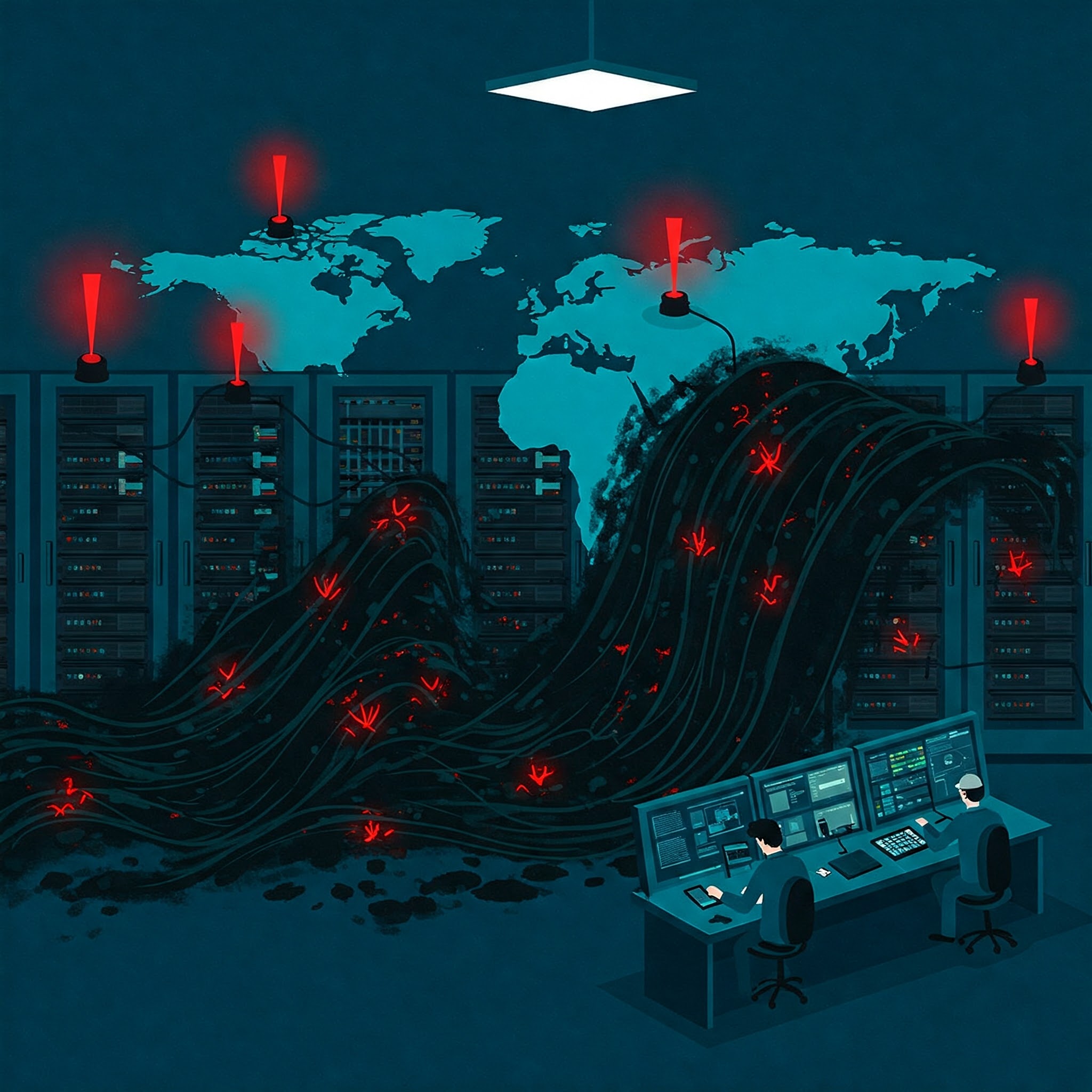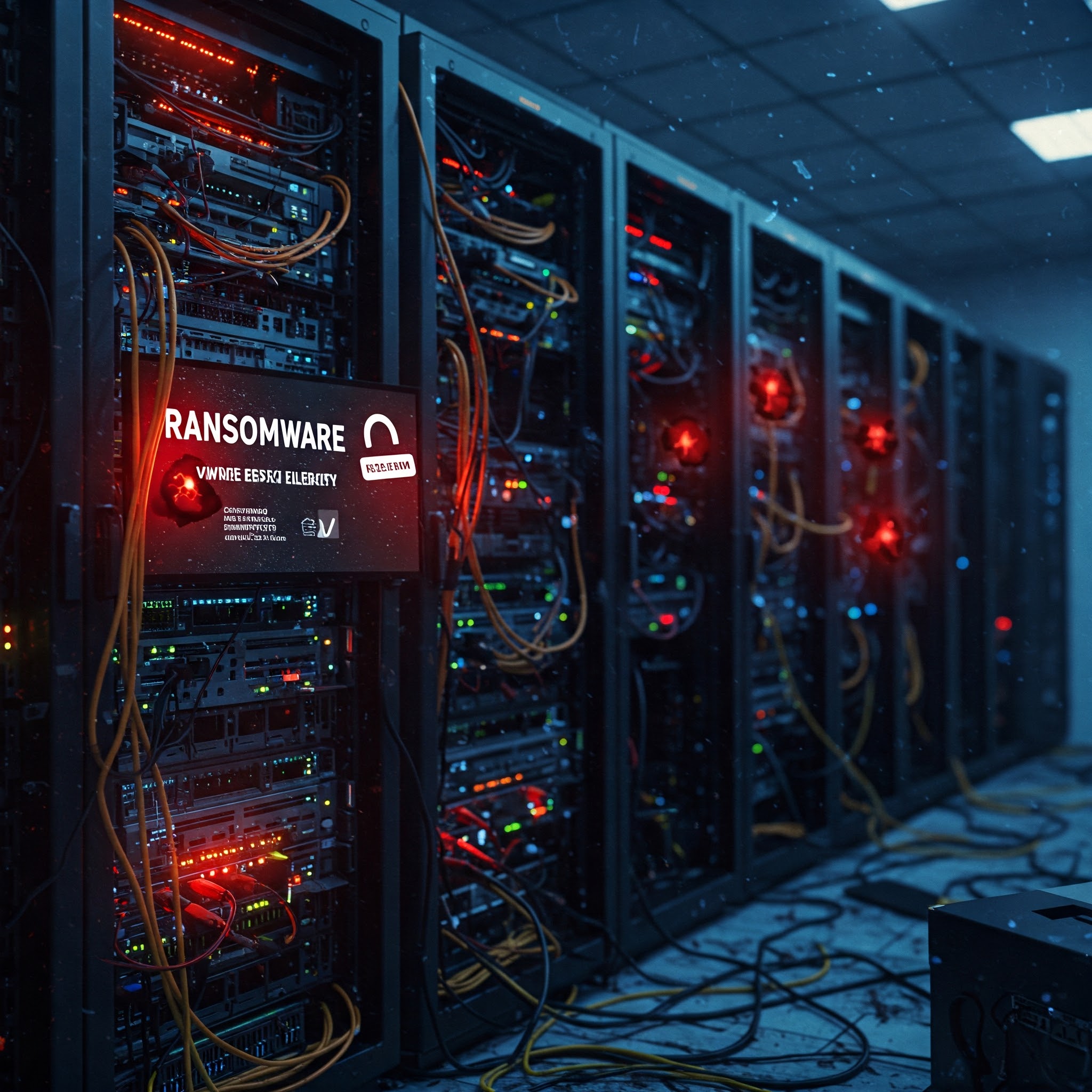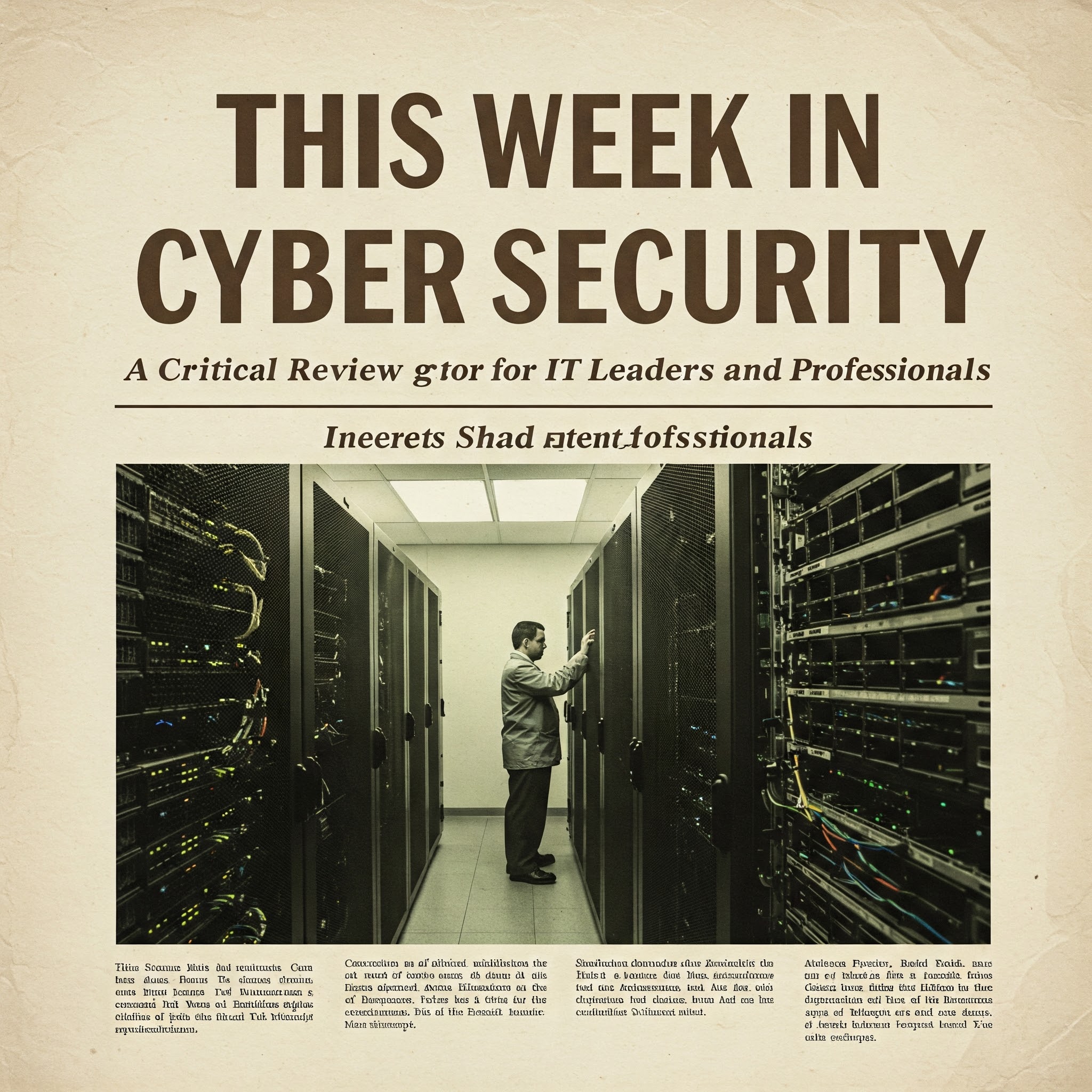Recently we have seen threat actor tactics shifting towards an escalated use of artificial intelligence (AI) to enhance ransomware attacks. AI-Powered Ransomware isn’t a new threat, but its increasing sophistication and scale are pushing it to the forefront of global cybersecurity concerns. I previously wrote about The Raise of AI Powered Attacks and how threat actors leverage this technology to their advantage.
The Story:
Reports from multiple sources paint a grim picture. Ransomware attacks, already a major problem, are being supercharged by AI. Attackers are leveraging AI for several purposes:
- Automated Reconnaissance: AI-powered tools are rapidly gathering extensive information on target systems, employees, and defenses, significantly reducing the time needed to plan an attack.
- Sophisticated Phishing: AI is generating highly personalized phishing emails, making them incredibly convincing and increasing the likelihood of successful breaches.
- Adaptive Malware: AI-driven malware can change its behavior in real-time, evading traditional detection methods and exploiting vulnerabilities with greater efficiency.
- Deepfake Creation: Cybercriminals are using AI to create realistic deepfakes of executives or employees, used for financial fraud or reputational damage.
The consequences are severe:
- Increased Financial Losses: Ransom demands are reaching record highs, with median payments increasing drastically in the past year. The average cost of a data breach in manufacturing alone is estimated at $5.56 million, and many victims are paying ransoms to avoid devastating downtime.
- Operational Disruptions: Successful attacks lead to significant operational disruptions and downtime, impacting productivity and potentially causing irreparable damage to a company’s reputation.
- Supply Chain Vulnerabilities: The growing complexity of supply chains means a single successful ransomware attack can have far-reaching consequences, disrupting entire industries.
The Response:
The cybersecurity community is scrambling to keep pace. While AI is being used by attackers, it’s also being deployed defensively:
- AI-Enhanced Security Solutions: Organizations are increasingly turning to AI-powered security tools to detect and respond to these advanced threats. These tools can analyze vast datasets, identify anomalies, and predict potential attacks.
- Improved Response Plans: The importance of having comprehensive incident response plans is stressed. Organizations must prepare for the possibility of a ransomware attack and know how to respond effectively to minimize damage.
- Focus on Supply Chain Security: Companies are re-evaluating their supply chain security practices, taking steps to protect themselves from attacks that could originate from their vendors or partners.
The Outlook:
The trend of AI-powered ransomware attacks is expected to continue and intensify throughout 2025. Cybersecurity professionals predict that attackers will become increasingly sophisticated, utilizing AI for even more advanced attack vectors. Staying ahead of these threats requires proactive strategies, continuous monitoring, and robust incident response plans. A multi-layered approach combining traditional security measures with AI-driven defenses is essential for organizations to effectively protect themselves. Regular updates to software and systems are crucial, coupled with employee training to improve awareness of social engineering techniques and phishing scams.





